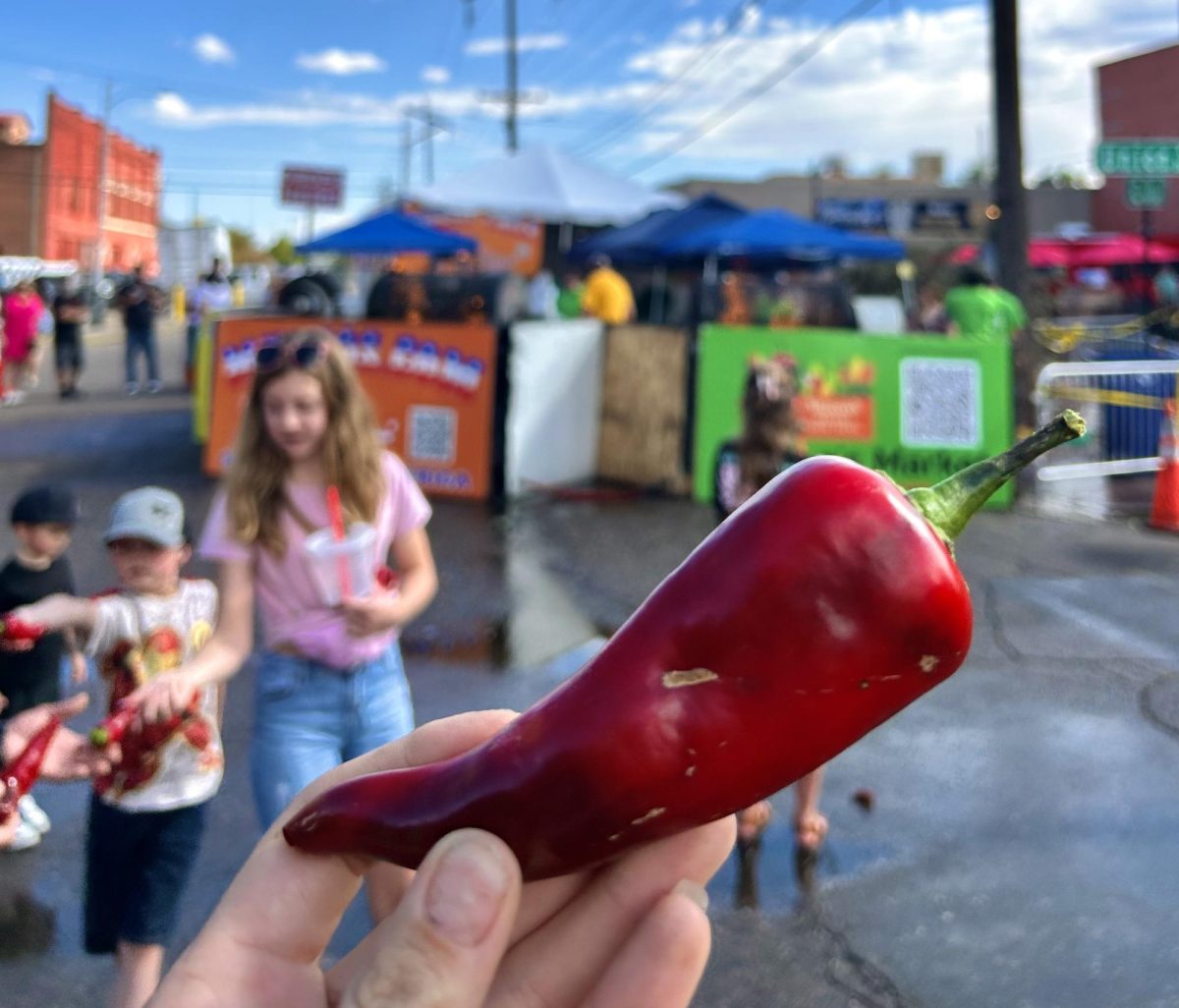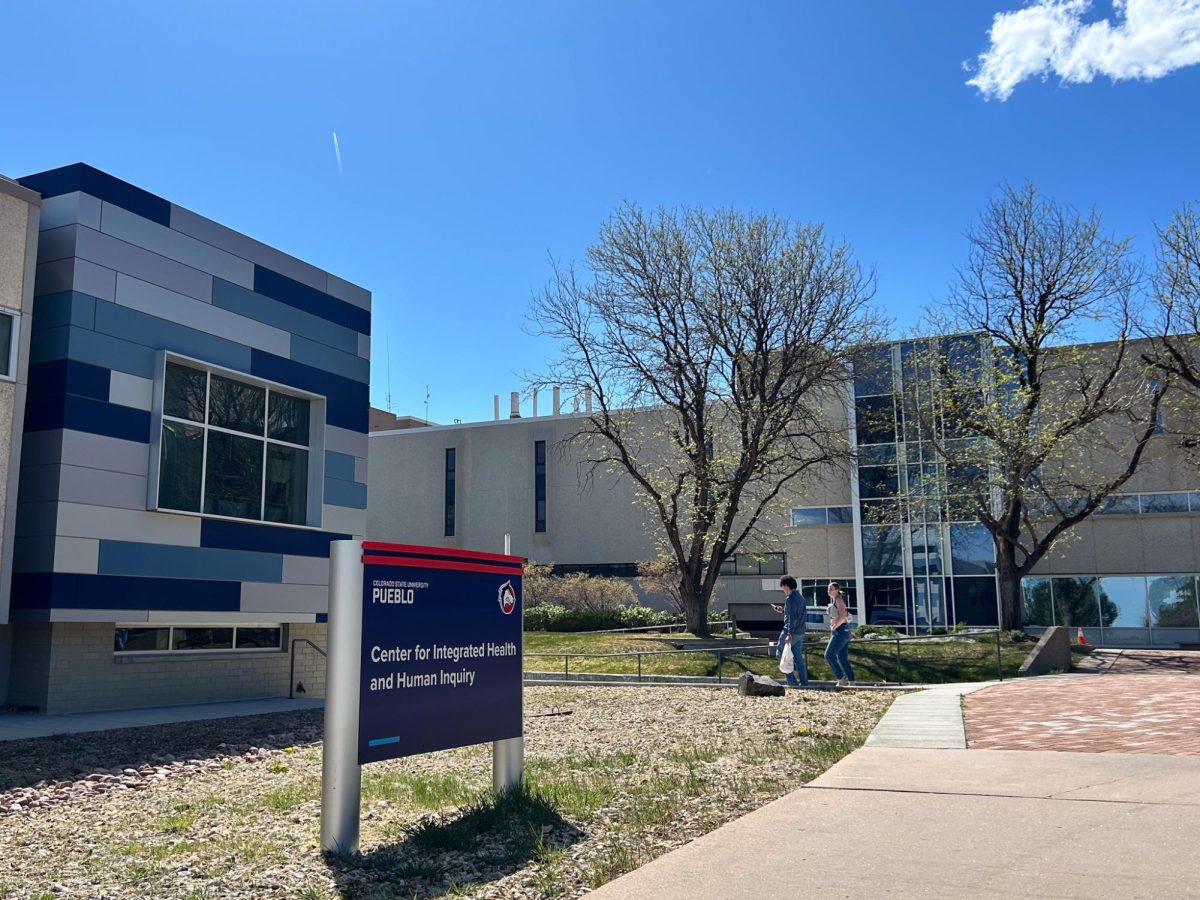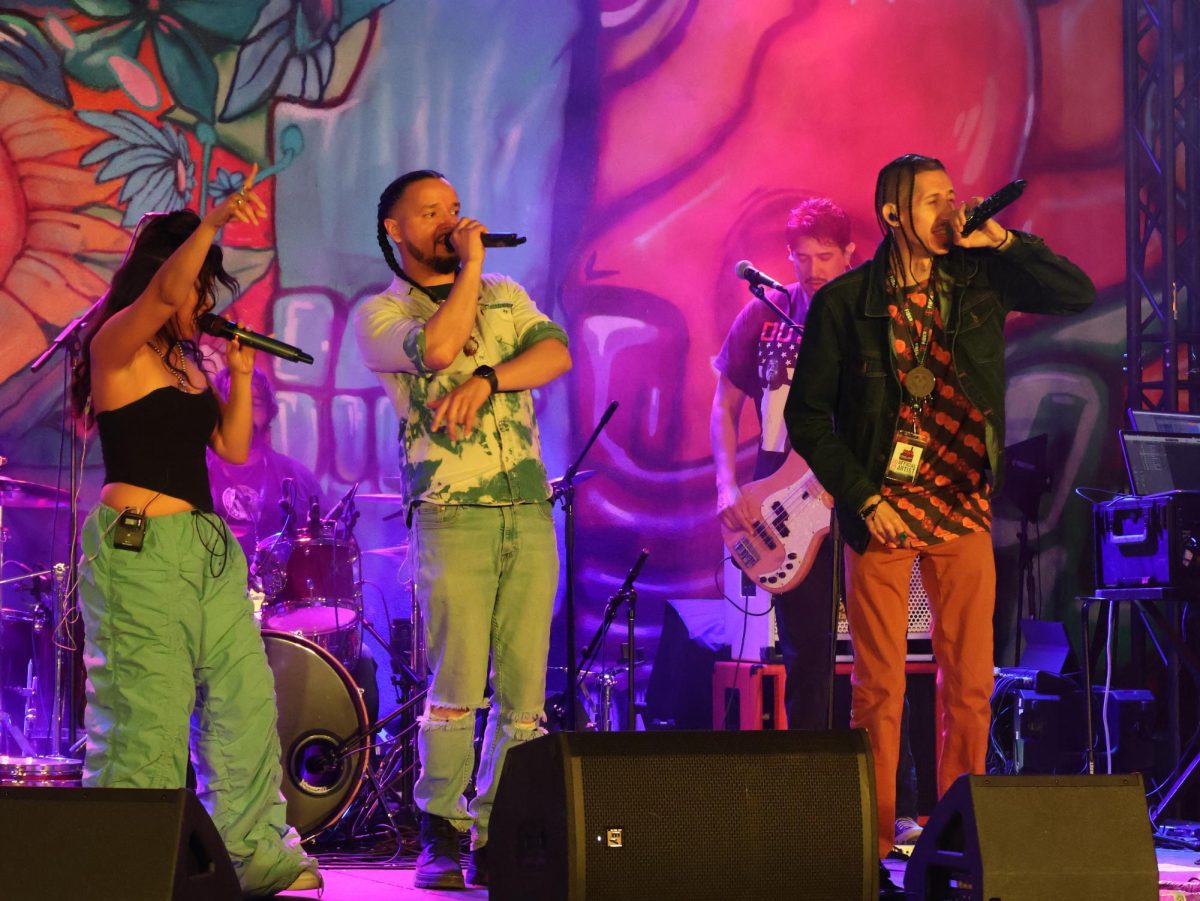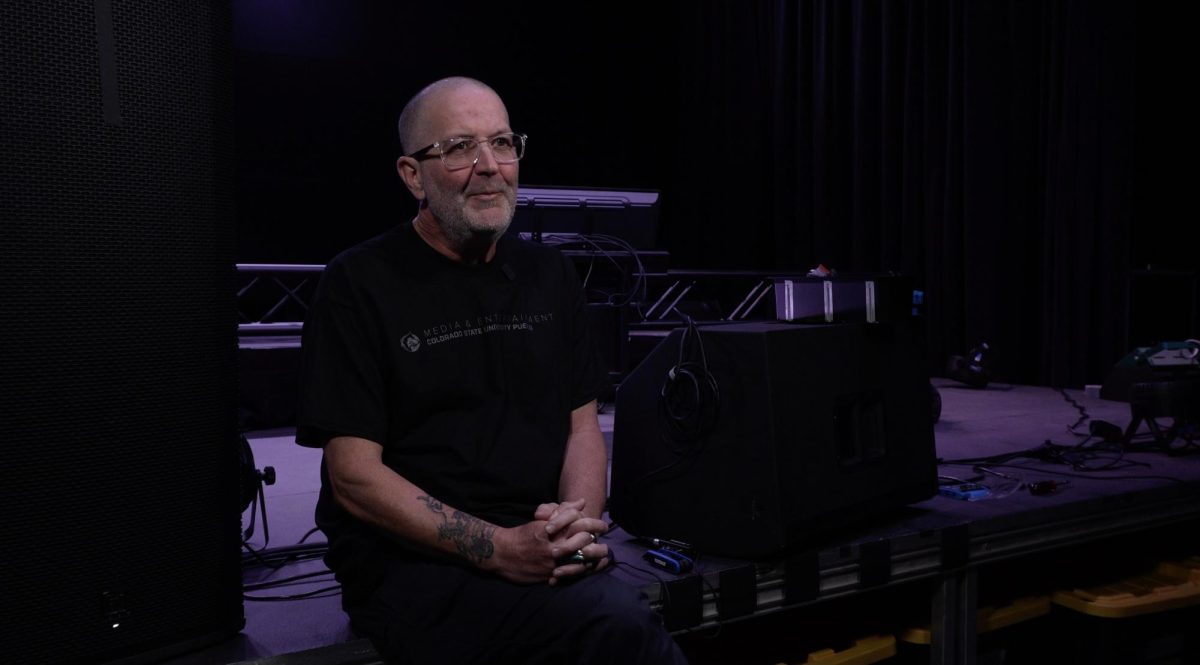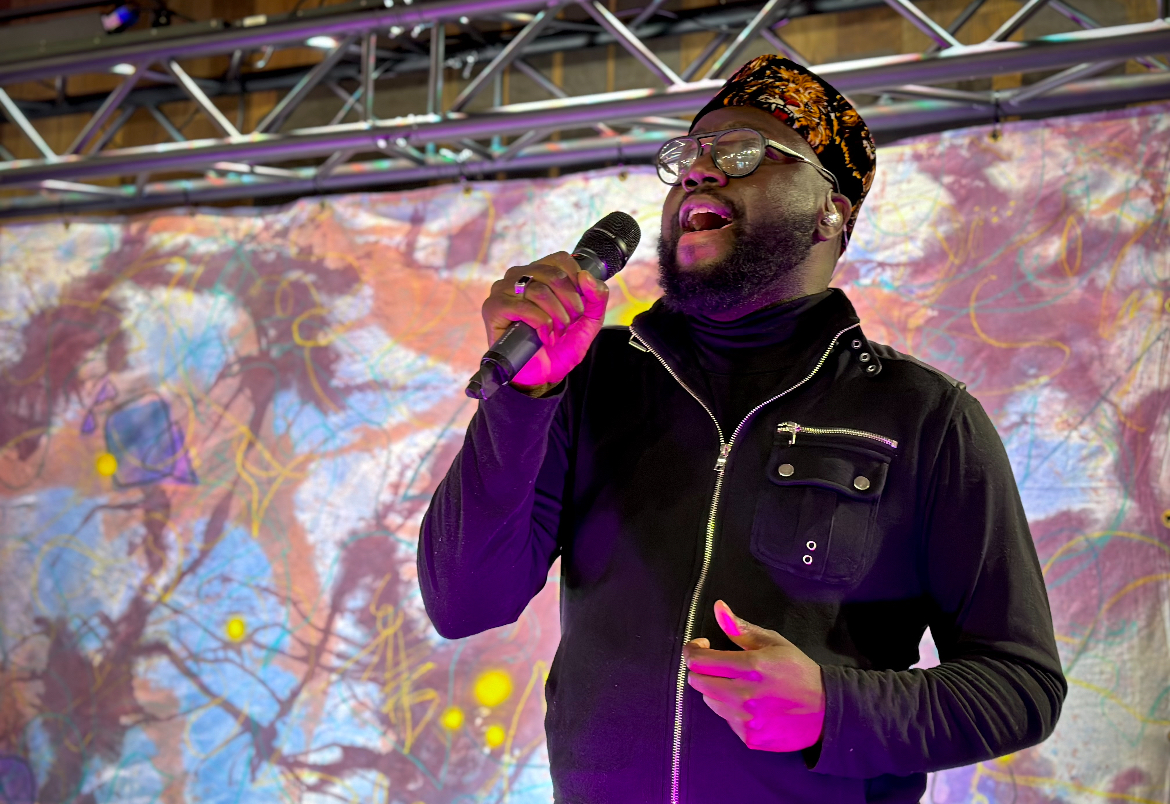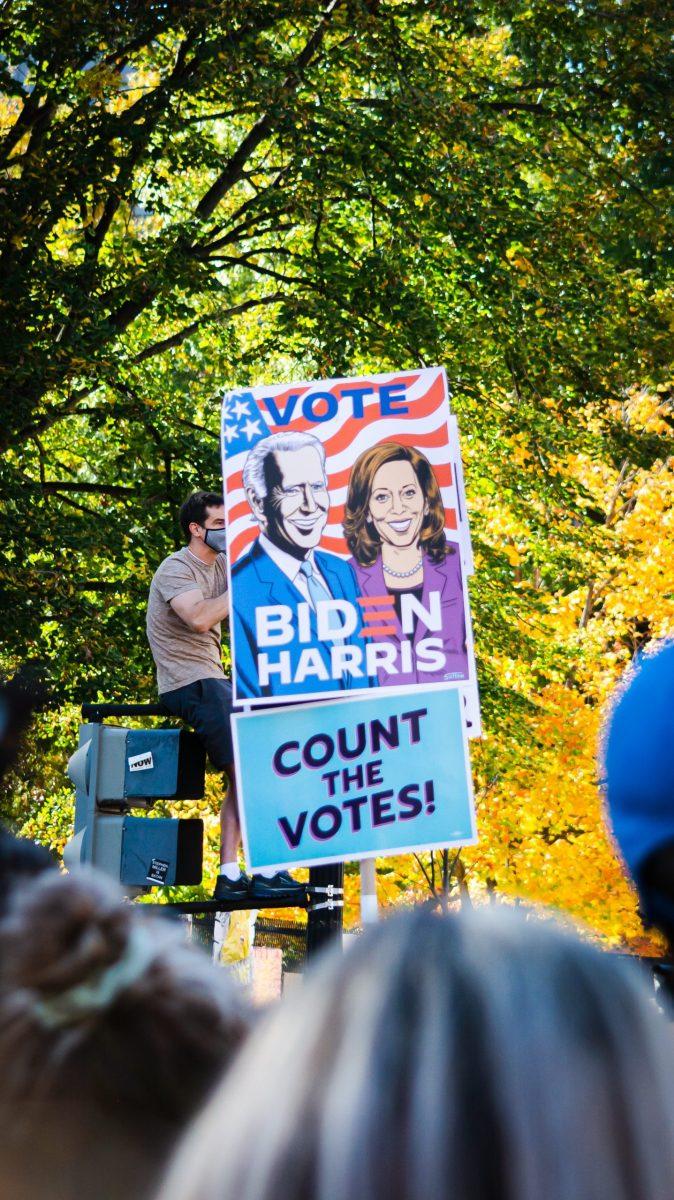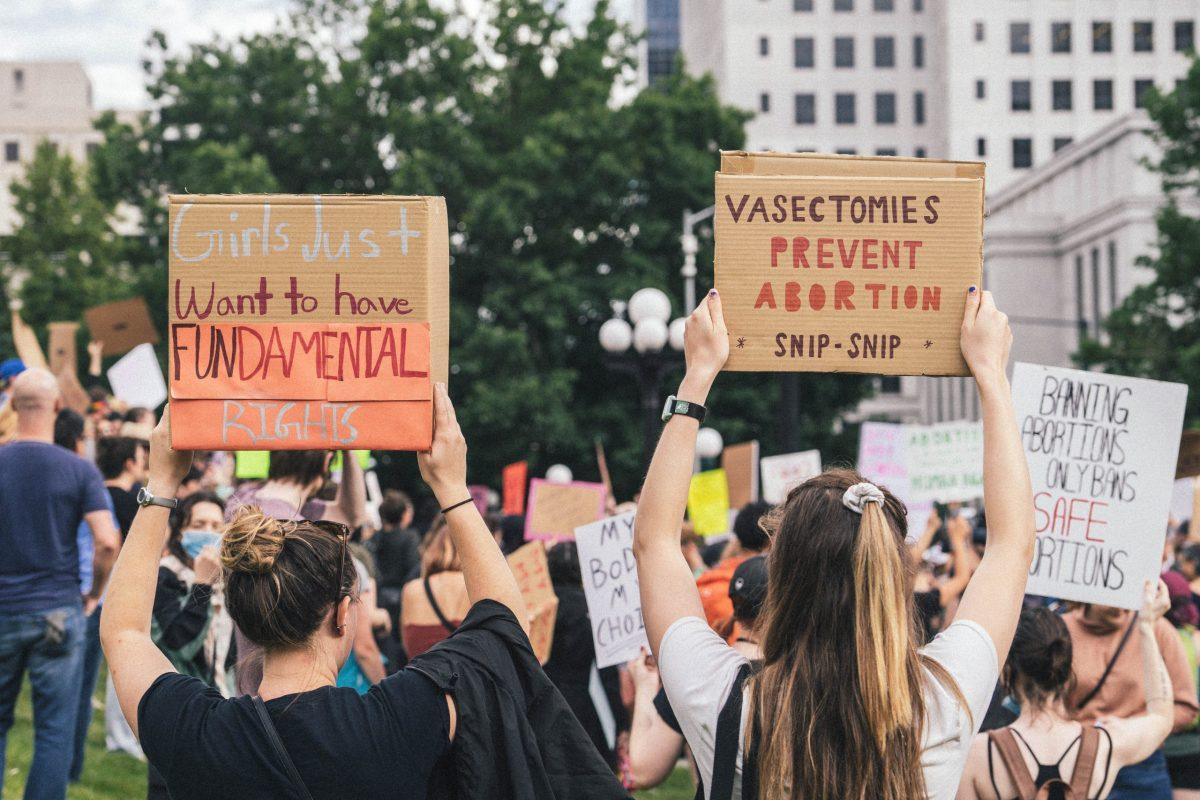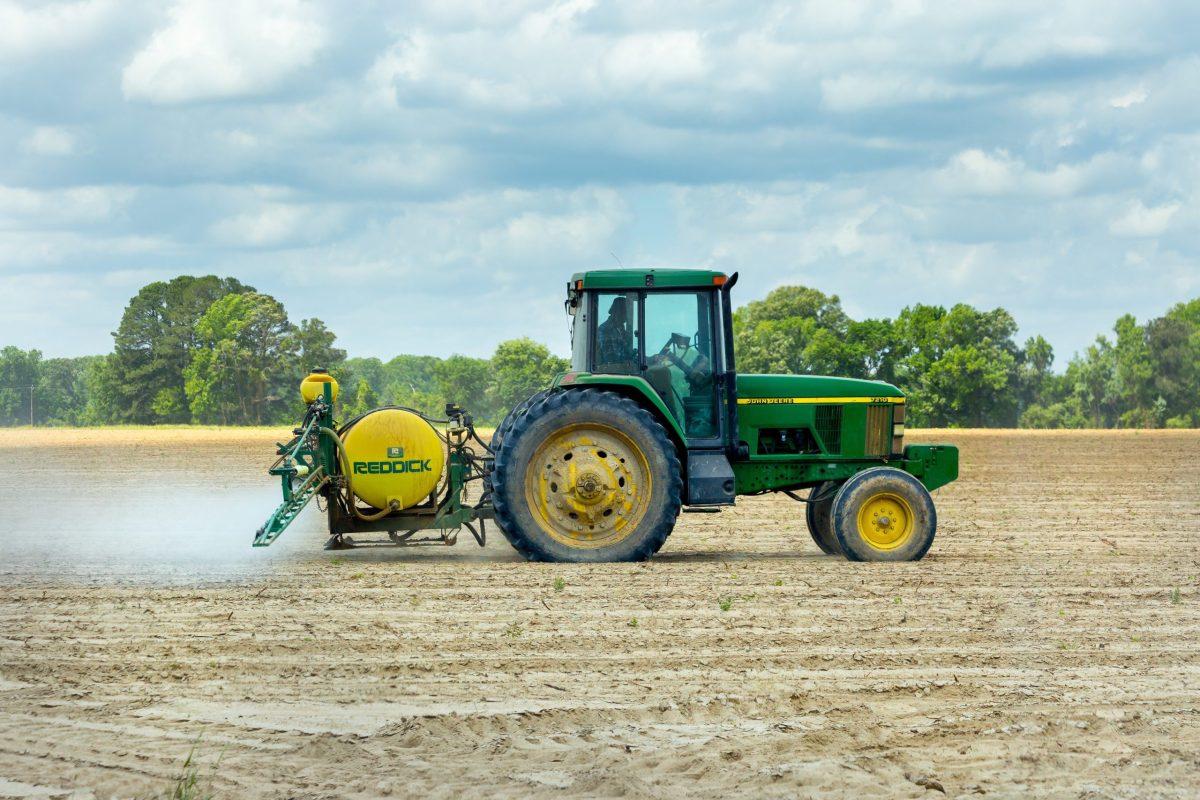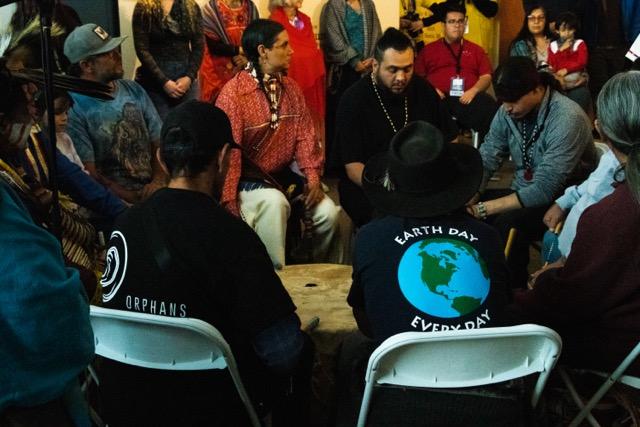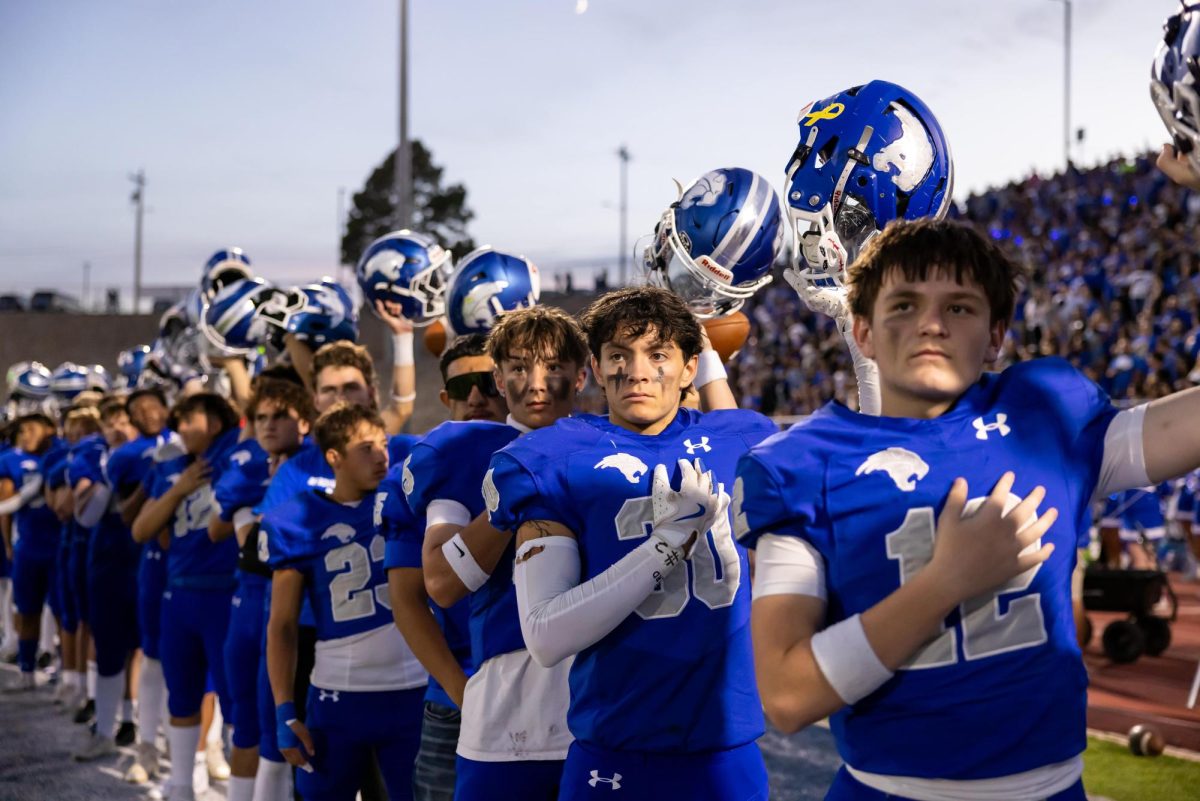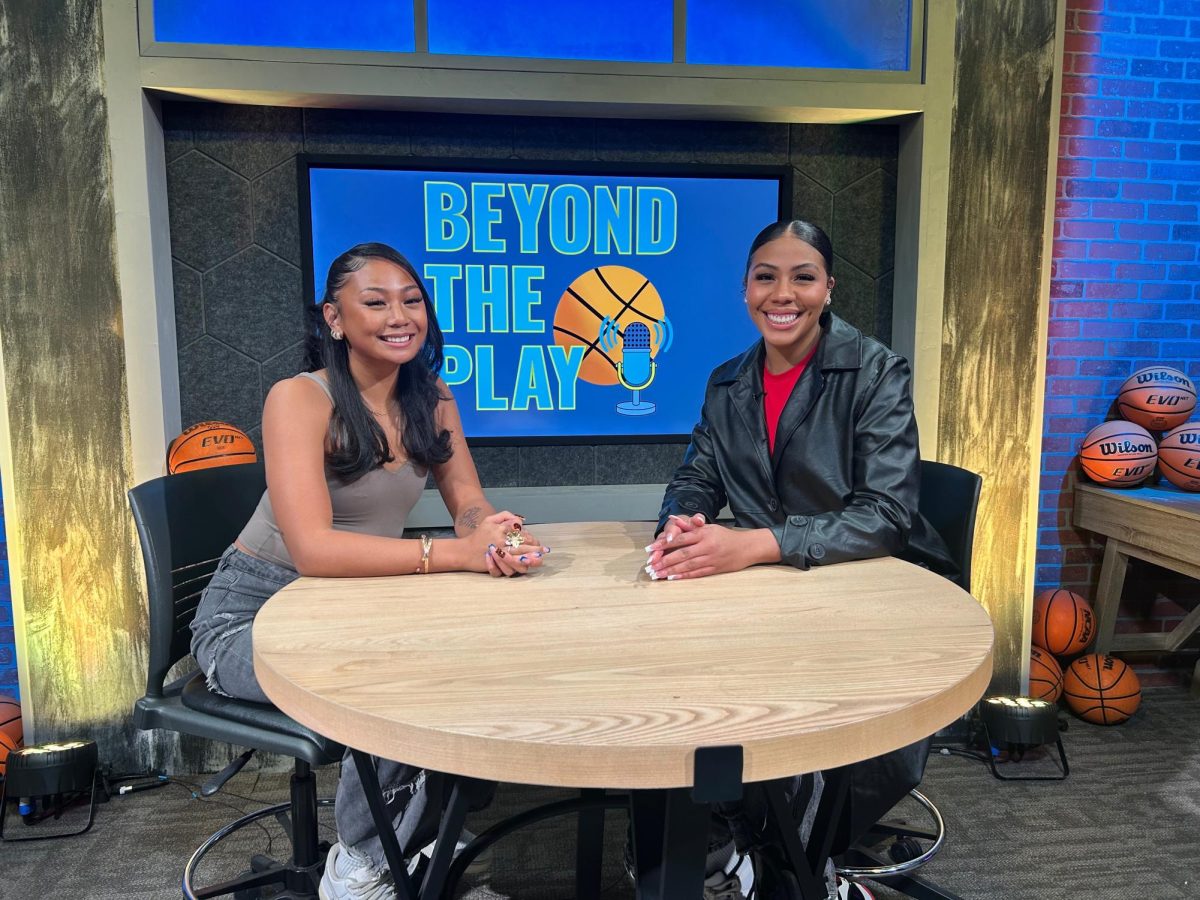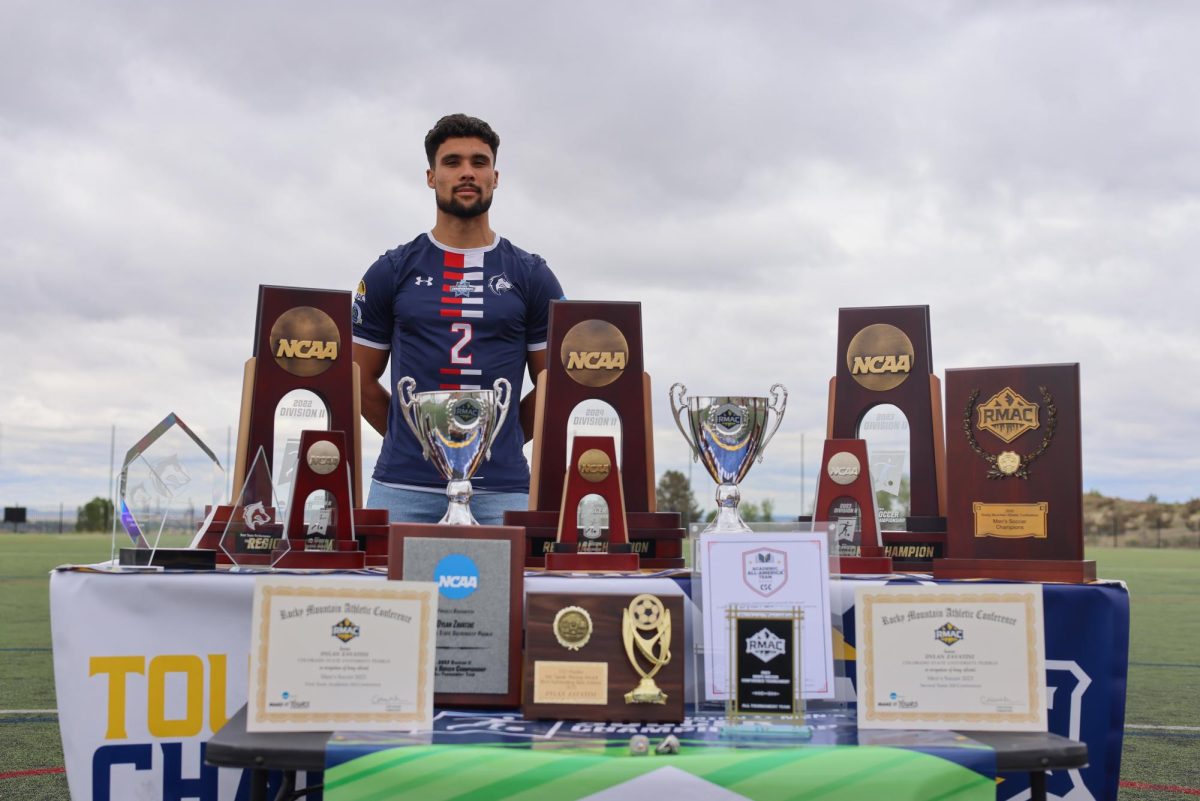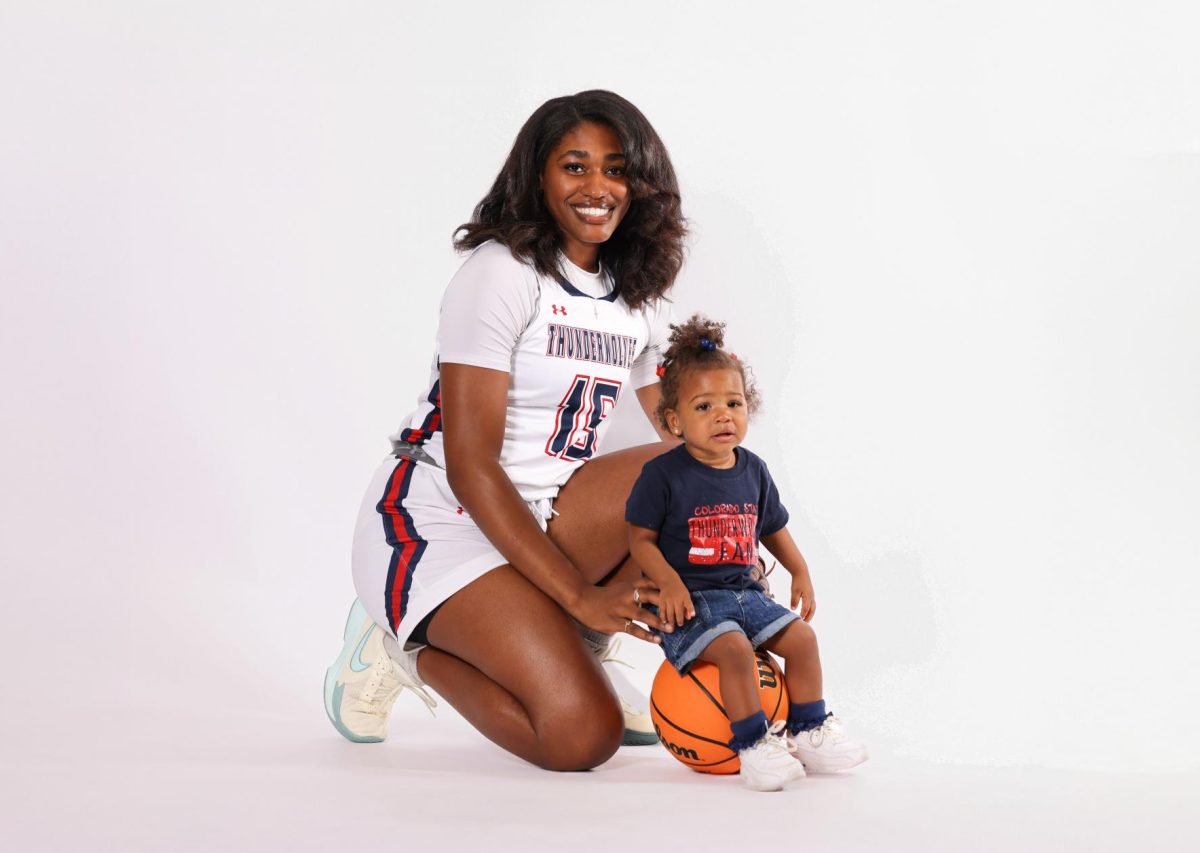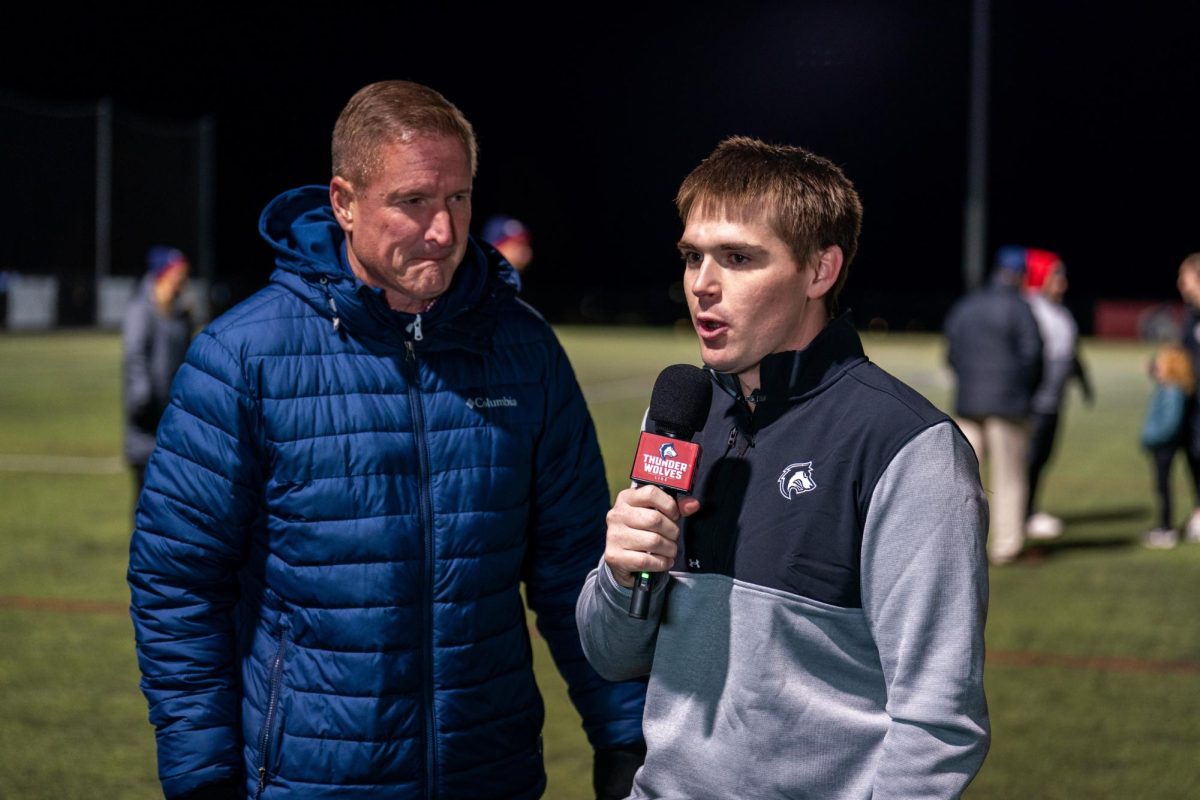Name, image, opportunity
By Justin Jenks
The Today
The NCAA has made many changes to its policies throughout COVID. One of its changes, and perhaps the most important to date, is the Name Image and Likeness (NIL) policy. This policy will have a drastic impact on not only the student athletes competing in collegiate sports but also the NCAA itself.
The NIL allows student athletes to make money off their image. They can now have sponsorships that help support them financially. Student athletes across the nation have been wanting this implemented for a very long time.
A case study
Sponsorships before the NIL were deemed a breach of eligibility. That meant that if an athlete was caught accepting money for promoting a product, they would be suspended from playing sports. This has impacted many athletes in the past, notably Reggie Bush.
He was a running back that competed at the University of Southern California (USC) and was drafted second overall by the New Orleans Saints in 2006. During his career at USC, he claimed two All-American honors and the Heisman Trophy.
A year after Bush left the university, allegations showed up saying that he received improper benefits. This led to an NCAA investigation where they ended up imposing sanctions on USC and suspended them from the playoffs for the next two years. USC also had to give up their 2004 national championship.
Bush decided to voluntarily return his Heisman Trophy and went on to have a successful career in the NFL.
When the NIL was introduced in August of 202, there was an outcry from people begging the NCAA to return Bush’s Heisman to him. The NCAA declined.
New opportunities

One of those athletes is CSU Pueblo’s Nate Miller, a senior track star. Miller competes in the throwing events such as shot put, discus and hammer. He has recently been sponsored by Velaasa, a weightlifting brand that just recently started making throwing shoes.
“I have been throwing in Velaasa shoes for two years now and it is nice to be sponsored by them,” Miller said.
With his sponsorship came a lot of questions that were left unanswered.
“At first I didn’t know if I was able to promote Velaasa while I was competing for CSU Pueblo,” he said. “I wanted to make sure that if I promoted Velaasa in a CSU Pueblo uniform that it would not breach my eligibility.”
Miller never got an answer about that topic. With the NIL being as new as it is, it is still in its early development phase. The only rules that have been specifically laid out is the fact that students can not have sponsorships by alcohol or tobacco companies.
Despite not having the answers Miller was looking for, he is excited to compete for CSU Pueblo and is ready to promote Velaasa in any way possible.
Miller is grateful for the impact the NIL has already had on his life and is excited about the future of the policy moving forward. He wishes every college athlete has as much success as he has in finding a sponsor that will treat them fairly and give them opportunities that they did not have previously.
“I think it is about time that us college athletes get the recognition we deserve,” he said. “For years we have been ‘working’ for free and I am glad that I am finally able to be compensated for my athletic abilities.”
Impact in flux
Perhaps the biggest question surrounding the NIL is recruitment: How will this affect college recruiting? CSU Pueblo Throwing Coach Scott Murray has an idea.
“I think it will make it a lot harder for [Division] 2 and D3 schools to recruit good athletes. Everyone wants to make the most money possible, and the best chance of doing that is going to a big D1 school,” Scott explained. “Those big schools get the most funding and the most attention nationwide, so trying to build your brand would be the easiest at those schools.”
Despite this, Murray remains hopeful that people will still want to come to the smaller schools if their programs are better than those big Division 1 schools.
“It will definitely make recruiting harder, but our track program is one of the best in the nation and I believe that will help us get the good athletes that we need to continue to let this program thrive,” Murry continued.
CSU Pueblo’s head Track coach Matt Morris weighed in.
“I think this is the best thing to happen in college sports to this day,” he proclaimed about the NIL. “It is good to see the kids that I coach everyday get rewarded for their hard work and determination to their sport.”
Morris was very excited to share the news with his athletes when he found out about the decision to let them have sponsorships. With that came some ground rules.
“Obviously the first thing I told them is to not let their sponsorship get in the way of our sport,” he said. “If we have practice and you need to do a photo shoot or something for your sponsor, wait until after practice to do so.”
The NIL will bring about great change to college athletics. While there is still a lot of progress to be made, athletes and coaches alike are eagerly waiting to see what this will bring in the future. Until then, they will be grateful for the changes and prepare for their upcoming season.




![CSU Pueblo thrower Nate Miller is one Pack athlete who has benefitted from NCAA rules changes related to the use and sponsorship of a student-athlete's name, image and likeness. [Today photo/David Moody]](https://socostudentmedia.com/wp-content/uploads/2022/01/NIL-keep-3-scaled-1-1200x800.jpg)
